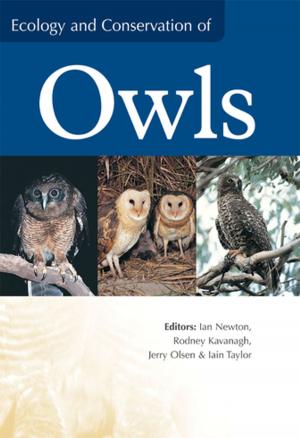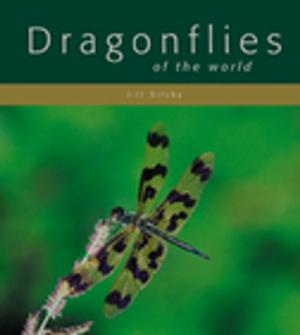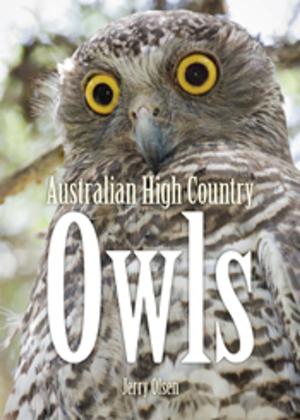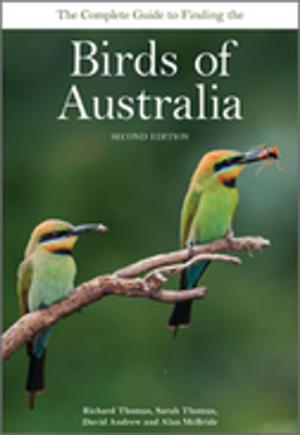Australian Dragonflies
A Guide to the Identification, Distributions and Habitats of Australian Odonata
Nonfiction, Science & Nature, Science, Biological Sciences, Zoology| Author: | J Watson | ISBN: | 9780643102392 |
| Publisher: | CSIRO PUBLISHING | Publication: | January 1, 1991 |
| Imprint: | CSIRO PUBLISHING | Language: | English |
| Author: | J Watson |
| ISBN: | 9780643102392 |
| Publisher: | CSIRO PUBLISHING |
| Publication: | January 1, 1991 |
| Imprint: | CSIRO PUBLISHING |
| Language: | English |
Dragonflies are conspicuous insects. Many are large; they fly strongly; most are brightly coloured. As a result, they have been collected extensively. Their larvae are less familiar. 'Mud-eyes', as some are called, are drab, and almost all live in fresh waters, out of sight. They are, perhaps, best known as bait for freshwater fish. The dragonflies constitute a very distinct order of insects, the Odonata. In Australia, two suborders are represented: damselflies (Zygoptera), generally very slender insects, the fore- and hindwings similar in shape and venation and commonly held closed above the body at rest (Figs 46-63), the larvae with external gills on the end of the abdomen (Figs 4A-C, E); and dragonflies proper (Anisoptera), stouter, stronger-flying insects, the fore- and hindwings more or less dissimilar in shape and venation and commonly held spread at rest (Figs 64-101), the larvae with internal, rectal gills (see Chapter 2). Living representatives of the third suborder (Anisozygoptera) are confined to Japan and the Himalayas. The term 'dragonfly' is commonly applied to the entire order.
Dragonflies are conspicuous insects. Many are large; they fly strongly; most are brightly coloured. As a result, they have been collected extensively. Their larvae are less familiar. 'Mud-eyes', as some are called, are drab, and almost all live in fresh waters, out of sight. They are, perhaps, best known as bait for freshwater fish. The dragonflies constitute a very distinct order of insects, the Odonata. In Australia, two suborders are represented: damselflies (Zygoptera), generally very slender insects, the fore- and hindwings similar in shape and venation and commonly held closed above the body at rest (Figs 46-63), the larvae with external gills on the end of the abdomen (Figs 4A-C, E); and dragonflies proper (Anisoptera), stouter, stronger-flying insects, the fore- and hindwings more or less dissimilar in shape and venation and commonly held spread at rest (Figs 64-101), the larvae with internal, rectal gills (see Chapter 2). Living representatives of the third suborder (Anisozygoptera) are confined to Japan and the Himalayas. The term 'dragonfly' is commonly applied to the entire order.















